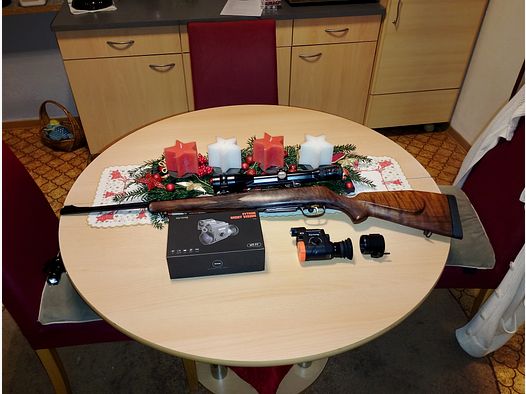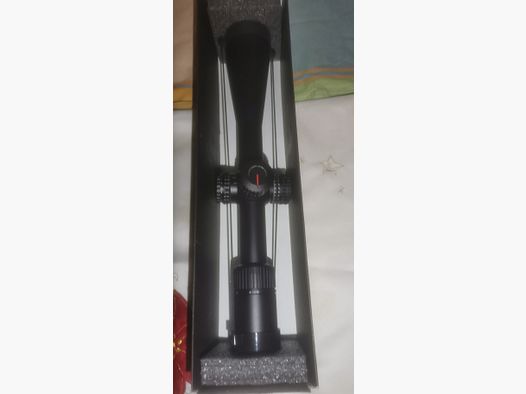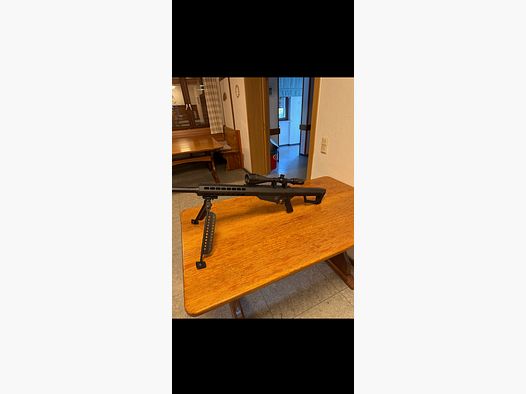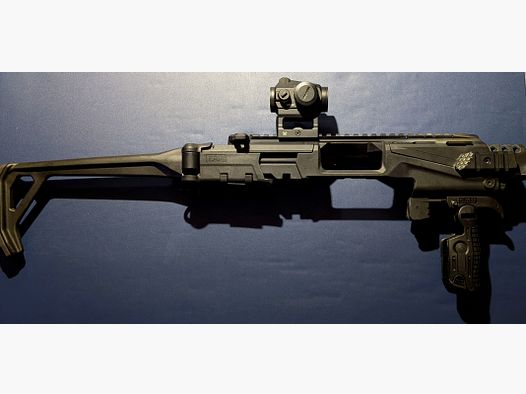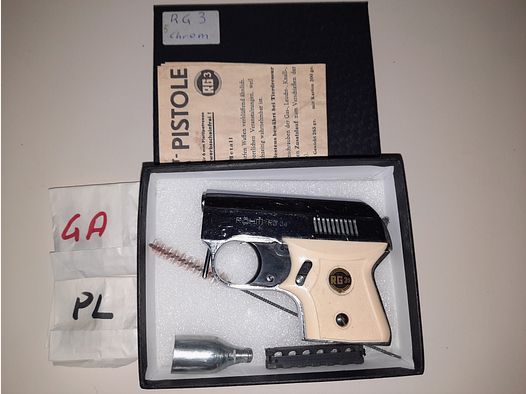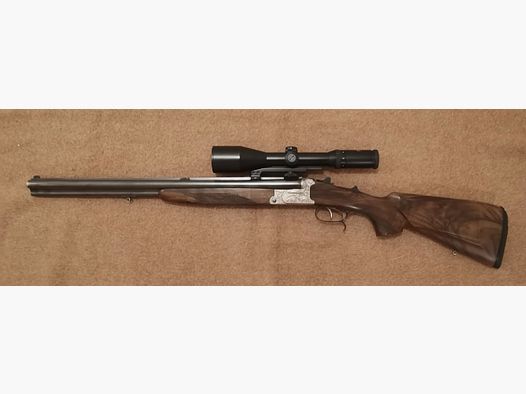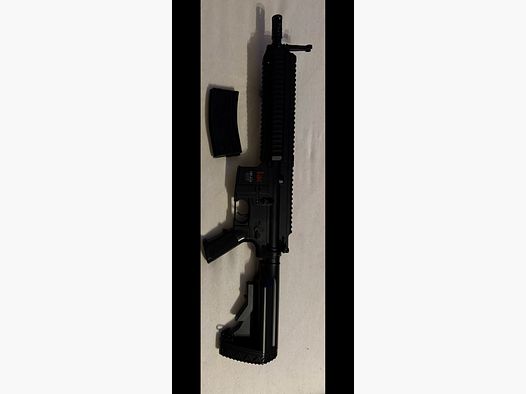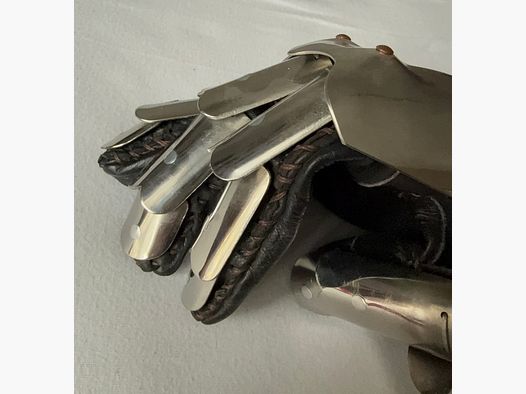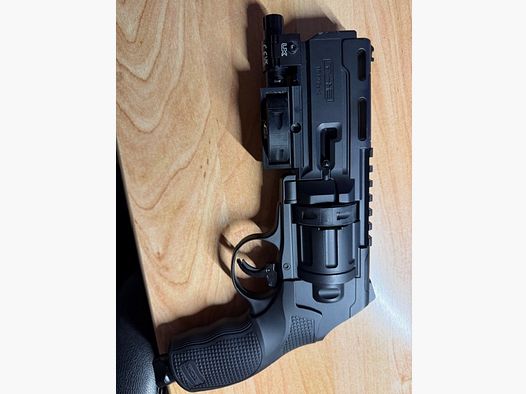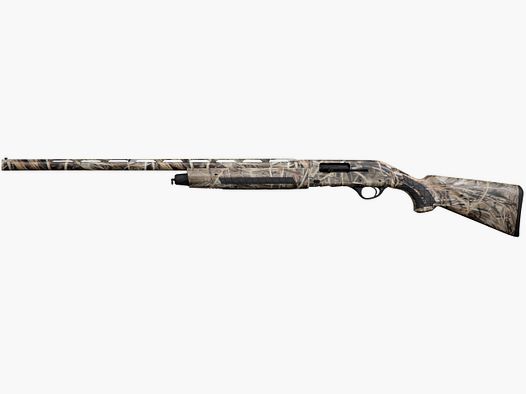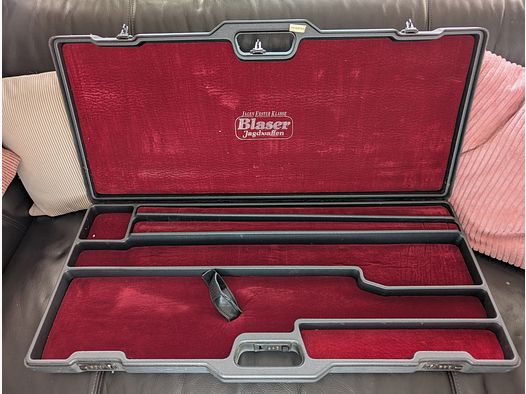Sighting in a long gun is much more than just adjusting to a point. Those who simply "sight in at 100 meters" achieve point precision – but only at that exact distance. However, those who want to hit reliably at variable distances must understand ballistic relationships and reflect on their own purpose of use. Because: Not every method fits every scenario.
Which zeroing method is the right one?
The answer: It depends. Because what matters is what requirements exist in practice. If you want to achieve the highest precision at varying distances, you must plan for ballistic corrections for each distance – whether through hold points or adjustments to the optics. Especially under stress, this carries risks.
An alternative approach is the method of continuous sighting range – also known as Battlefield Zero or combat sighting. Here, the focus is not on the perfect point of impact at a specific distance, but rather on achieving a consistently accurate point of impact on a defined target size over a longer range – without constant readjustment.
Principle of Continuous Sight Area
Instead of rigidly aligning the point of impact to a specific distance, the sighting is adjusted so that the bullet trajectory remains within a vertical tolerance range around the sight line. This tolerance range is defined by the target size.
A brief ballistic overview:
- The sight line is an imaginary straight line from the eye through the reticle to the target.
- The bullet path, on the other hand, describes a curved parabola.
- This curve typically intersects the sight line twice: once on the ascent, and once on the descent.
- The highest point – the apex – lies in between.
If this is chosen so that it just remains within half the target height, a range is created in which the weapon allows for "hold center, hit target" – completely without corrections.
What does "hit tolerance" mean?
Hit tolerance is the area around the sight line within which a hit is still considered "valid." For example: A falling target with a height of 40 cm allows a tolerance of ±20 cm. As long as the projectile hits within this range, the target is considered met.
Note:
Half target height = vertical tolerance
Those who stay within this zone can act accurately without thinking.
Example from Practice: Peter and the Falling Discs
Peter, a newcomer to the club, participates in a competition. The challenge: falling discs at distances from 50 m to 300 m. The target height: 40 cm. Peter consciously zeroes his .223 Rem at 30 m "spot" – this way, his bullet hits the first intersection point with the sight line.
The trajectory rises to about 18 cm above the sight line and drops to around 19 cm below it at 300 m. This means: Throughout the entire distance, he hits reliably – completely without adjusting the hold point.
The jury is astonished. Peter remains calm. This is how pragmatic zeroing works.
How do I find my ideal sighting range?
Three ways lead to the goal:
-
Try it yourself
With test series at different distances, the actual bullet trajectory can be well understood. -
Calculate it yourself
Those who are knowledgeable in physics can simulate the ballistic flight curve themselves. However, this requires experience and knowledge of parameters such as air resistance, bullet mass, velocity, and cross-sectional area. -
Use ballistic calculators
Much simpler: Digital tools like scatter circle calculators or apps. Reliable tables from specialized literature also assist in planning. Example: For a .223 Rem with a target height of 40 cm, a zeroing point at 30 m results in a continuous effective range of up to around 300 m.
But be careful: Values are approximations – weapon, ammunition, height of the optics, and environmental conditions have an influence.
Conclusion: More Tolerance, More Hits
The method of continuous sighting range is a clever, error-tolerant strategy for dynamic applications. It allows for reliable hits on a predefined target size – without constant corrections to the reticle. This concept offers advantages, especially in stressful situations, hunting operations, or dynamic shooting.
The idea behind it is not new: The Optimal Zeroing Distance (GEE), known from hunting, follows the same principle. The goal is always to relieve the user – through intelligent setup instead of frantic readjustments.
Important:
The continuous sighting range is not a one-size-fits-all solution. It does not replace other methods but complements the tactical repertoire of the shooter. For those who think and act in a practice-oriented manner, it is a valuable tool.
What is needed?
- A clearly defined target size
- A precise knowledge of the trajectory – whether through testing, calculation, or software




